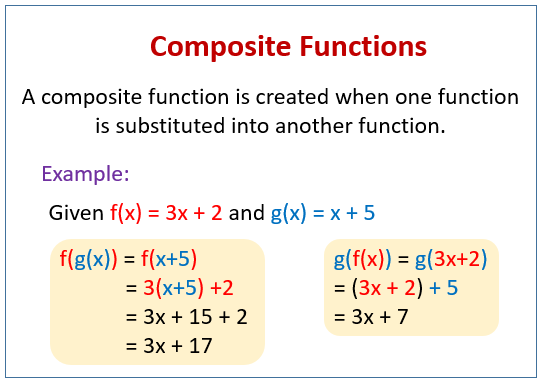Functions form the backbone of many mathematical concepts. A function is essentially a rule that converts an input number into an output number. Think of it like a machine where you put something in, and it transforms it into something else based on the rule defined. For example, the function f(x) = x + 3 means you take any number x, add 3 to it, and that’s your result. This can also be written as f: x → x + 3 to show the same relationship clearly.
COMPOSITE FUNCTIONS
Composite functions combine two functions into one. If you have two functions, f(x) and g(x), and you want to combine them, you get a composite function. In this case, g(f(x)) means that you first apply the ‘f’ function to x, and then apply the ‘g’ function to the result of f(x). For instance, if f(x) = x + 2 and g(x) = x2, then g(f(x)) would first add 2 to x and then square the result.

INVERSE FUNCTIONS
Inverse functions reverse the process of a function. If a function takes x and gives you y, then its inverse function does the opposite: it takes y and gives you back x. The inverse function of f(x) is written as f-1(x). For example, if f(x) = x + 3, then f-1(x) would be x – 3, essentially undoing the addition performed by f(x).
CONCLUSION
Understanding these fundamental concepts can demystify many advanced mathematical ideas. Knowing how to manipulate and interpret functions, composite functions, and inverse functions is vital for solving complex problems. Always start by grasping the basics, and you’ll find the rest becomes more manageable.


No responses yet